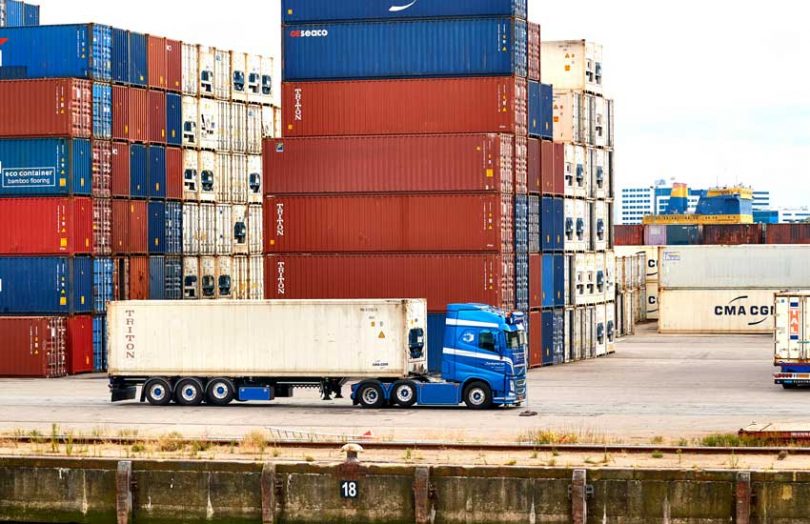Earlier this week, the holding company of the Marco Polo trade finance network (formerly TradeIX) entered insolvency in Ireland. At one stage, the blockchain network had more than 30 bank members such as Commerzbank, BNY Mellon and SMBC, and its backers included ING Ventures and BNP Paribas. A potential $12 million deal with the Bank of America fell through recently, and the company failed to find replacement investors.
As part of the Bank of America deal, Marco Polo’s technology would have been integrated with the bank’s internal systems, according to the Irish Examiner.
The company’s liabilities exceed its assets by €2.5 million ($2.6m). Total debts amount to € 5.2 million ($5.5m), with the Revenue owed €2.6 million ($2.7m).
The latest filed accounts are for 2021, which showed a loss of almost $29 million and cumulative losses of $85 million. The largest external shareholder is Kistefos, followed by Japan’s SBI, ING, SMBC and BNP Paribas.
This is the second failed blockchain trade finance network after bank-backed we.trade entered insolvency in Ireland in mid-2022. Additionally, at the end of last year, IBM and Maersk shuttered their TradeLens blockchain platform.
Following the demise of we.trade, there was quite a bit of chatter about Marco Polo’s slow traction. After launching the network in late 2020, it was more than six months before the first banks went into production in 2021. But activity failed to accelerate.
The two other blockchain trade finance companies are Contour and komgo. Both firms have specialist target markets compared to the others, with komgo initially targeting commodities and Contour starting by focusing on Letters of Credit. Komgo recently acquired Canada’s GlobalTrade Corporation, bringing 120 multi-national customers onto the platform.
Earlier this month, the entire digital trade sector received a boost when all the major container shippers committed to adopting electronic bills of lading (eBL). Half of all bills of lading will be electronic within five years and 100% after ten years. That’s particularly good news for Contour and other blockchain trade networks such GSBN and TradeWaltz.
Marco Polo ranks as the sixth high profile enterprise blockchain failure in the past year. All of them started around 2016 and 2017. In most cases, the issue was a failure to achieve market fit and scale before the money ran out rather than any particular blockchain technology.
Marco Polo and insurance network B3i both used R3’s Corda. We.trade and TradeLens were based on Hyperledger Fabric. The ASX CHESS project used DAML and VMWare Blockchain. And Symbiont used its own proprietary technology.
Update: The figures for 2021 losses were added and the largest external shareholders






